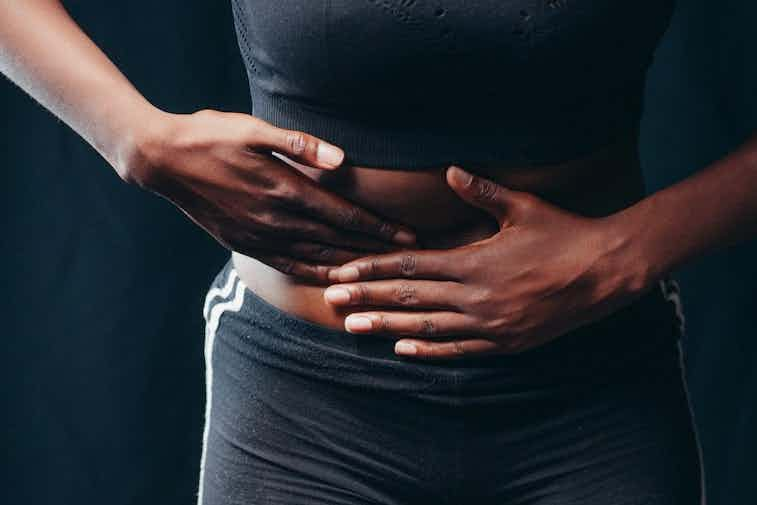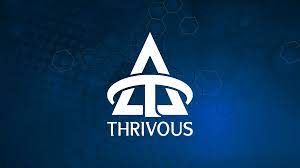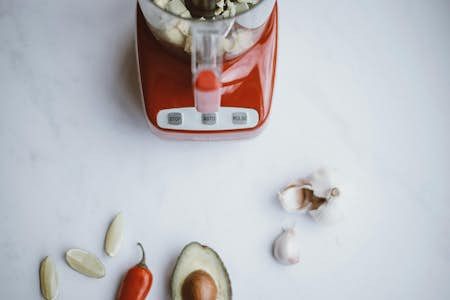Diverticulitis is a common medical condition. In fact, 200,000 people are admitted to hospital with cases of diverticulitis every year across the US. This condition can cause painful symptoms like constipation and cramping, but there are a few ways you can manage it using your diet and lifestyle choices.
Read about 7 foods to avoid with diverticulitis, including how to ease any flare-ups.
Whether you're looking for the latest vitamins and supplements, want to stock up on over the counter medication, or are looking for a digital solution for your regular prescription, our providers have you covered. Compare brands below and click on your favourite to shop their best offers now!
What is diverticulitis?
Diverticulitis is caused by diverticula, bulges, or small pouches that often develop in the lining of your large intestine as you age. As you get older, the walls of your intestine get weaker, meaning the pressure caused by hard stools can cause diverticula to develop.
These bulges aren’t always painful or even noticeable, but they can become inflamed or infected - this is called diverticulitis.
There are a few lifestyle habits that can increase your risk of diverticulitis, such as smoking or obesity. You may also develop diverticula if you don’t have a high-fiber diet. Diverticulitis can lead to other health issues, such as abscesses outside the large intestine. Those with this condition may also be at a greater risk of kidney disease, especially patients over 60 years old.
Most people will develop diverticula in their intestine lining as they get older, but these bulges only become an issue if you start to experience pain or uncomfortable symptoms.
Symptoms of diverticulitis
Unlike diverticulosis, which means the diverticula don’t cause any pain, diverticulitis can lead to a few uncomfortable gastrointestinal symptoms that affect your digestive system.
There are a few common symptoms of diverticulitis, including:
- Abdominal pain or cramping
- Change in bowel movements, such as constipation or diarrhea
- High temperature
- Nausea or vomiting
- Rectal bleeding or blood in your feces
- Bloating
Speak to a healthcare professional immediately if you experience any of these symptoms. Although diverticulitis is not typically dangerous, your doctor will need to make sure you’re not suffering from another gastrointestinal condition, such as irritable bowel syndrome (IBS) or coeliac disease.
Your doctor may refer you for a colonoscopy, CT scan, or further tests before diagnosing you with diverticular disease or diverticulitis.
Foods to avoid with diverticulitis
There are a few foods to avoid when dealing with diverticulitis, particularly during a flare-up. However, it’s important to remember that different diets work for different people. You should speak to a doctor, gastroenterology expert, or registered dietitian before making any changes.
Many healthcare providers recommend avoiding high FODMAP foods during a diverticulitis flare-up. This stands for fermentable oligosaccharides, disaccharides, monosaccharides, and polyols - and FODMAPs are certain types of carbohydrates.
Avoiding high FODMAP foods could prevent pressure from building in your intestines, helping to reduce pain in your diverticula. For this reason, many doctors recommend that their patients follow a low FODMAP diet, especially during a flare-up.
Some experts also recommend a clear liquid diet for patients with diverticulitis. As the name suggests, this involves choosing liquids that are clear and easy to digest, such as clear broth, tea, water, and cranberry juice. However, you should speak to a doctor before trying a new diet.
Learn about 7 foods to avoid with diverticulitis - including a few key high FODMAP foods.
Dairy products
Dairy products like milk, yogurt, and ice cream popsicles are all high FODMAP foods, meaning they can worsen diverticulitis symptoms in some cases.
Dairy foods are also high in fat, which could exacerbate your diverticulitis flare-up. This is why many healthcare professionals recommend avoiding products such as full-fat milk or cream. There are a few low-fat alternatives that you could try out, such as almond milk products. However, you may want to avoid soy milk, which is also a high-FODMAP food.
Red meat
Red meat has been linked to an increased risk of developing acute diverticulitis, a short-term condition. Avoiding red meat can also help to manage uncomfortable diverticulitis symptoms. This includes meat such as bacon, beef, and sausages. Many of these products are also processed foods.
Choosing to add high-fiber foods like whole grains or vegetables to your diet instead can help to decrease your risk of diverticulitis later in life - and these foods also have substantial health benefits. You could also swap minced beef for leaner meat options like pork or turkey.
Fermented foods
Fermented foods include products such as sauerkraut, kefir, or kimchi. You may find that these products lead to symptoms of diarrhea or bloating- and they are high FODMAP foods.
Although fermented foods are a great source of probiotics, they have been linked to diverticulitis symptoms for some patients, so you may want to reduce your consumption, especially during a painful flare-up.
Beans and legumes
Although beans and legumes are important sources of fiber, you may want to avoid these foods if you’re experiencing a diverticulitis flare-up. This is because they are high FODMAP foods, which can lead to increased pressure in your diverticula.
Eating foods very high in fiber may exacerbate your symptoms during a flare-up. You may also want to avoid foods such as lentils, cabbage, onion, garlic, and Brussels sprouts for the same reason.
Foods high in fat
It’s important to avoid foods high in fat when dealing with diverticulitis. High-fat foods are bad for your digestive health, including products such as bacon, cheese, and butter.
It’s also a good idea to avoid foods high in trans fats, as these products are high FODMAP foods. This includes treats like doughnuts, fast food, or fried foods.
As well as irritating your stomach and worsening your diverticulitis flare-up, high-fat products are often low-fiber foods. This can increase your risk of developing diverticula later in life.
High-sugar foods
Avoiding high-sugar foods can help prevent diverticulitis flare-ups and reduce uncomfortable symptoms.
High-sugar foods include products such as:
- Cakes, pastries, and biscuits
- Ice-cream and Jell-O
- Fruit juice and fizzy drinks
- Sweets and chocolate
Carbohydrates like white rice and white bread also contain a lot of sugar, so choosing low-sugar alternatives could help you manage this condition. This includes brown rice or whole grain bread, for example.
You may also want to avoid alcohol, as many alcoholic drinks contain high sugar levels. There is some debate about the effect of alcohol on the large intestine. Some studies suggest alcohol can increase the risk of diverticulosis. This may be because it leads to dehydration, which causes hard stools and increased straining when you have a bowel movement. This can increase the risk of diverticula development in the intestine lining.
Processed foods
It’s a good idea to avoid processed foods, such as processed meats. This includes any meat that has been preserved, flavored, or prepared in a certain way, such as hot dogs, bacon, sausages, salami, and some sandwich meats. Processed meats contain harmful ingredients to make them last longer or taste better, for example.
There are also a few other processed food products you may want to avoid, including baked goods and convenience foods like pizza. As well as being processed, these foods are high in fat and sugar - both of which can lead to painful diverticulitis symptoms.
Understanding the foods to avoid with diverticulitis
Choosing an effective diverticulitis diet can help you manage your symptoms and manage painful flare-ups. Even though different people will need to avoid different foods, some common trigger foods can exacerbate diverticulitis symptoms and irritate your digestive tract.
High FODMAP foods such as dairy products, beans, and soy can often increase pressure in your diverticula, and you may also want to find low-fat or low-sugar alternatives to your favorite treats.
Managing your dietary fiber or following a temporary, clear liquid diet can allow many patients to ease this condition on a daily basis. Speak to a doctor before you make any big changes to your diet or lifestyle habits.
Image Credit: Kindel Media at Pexels









